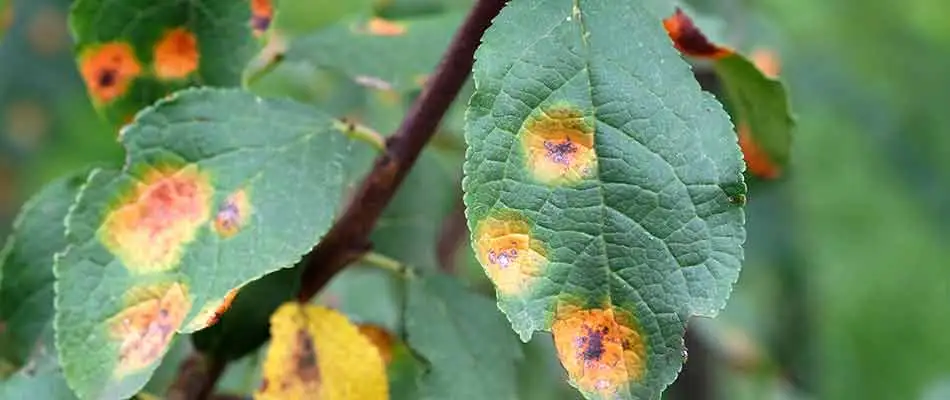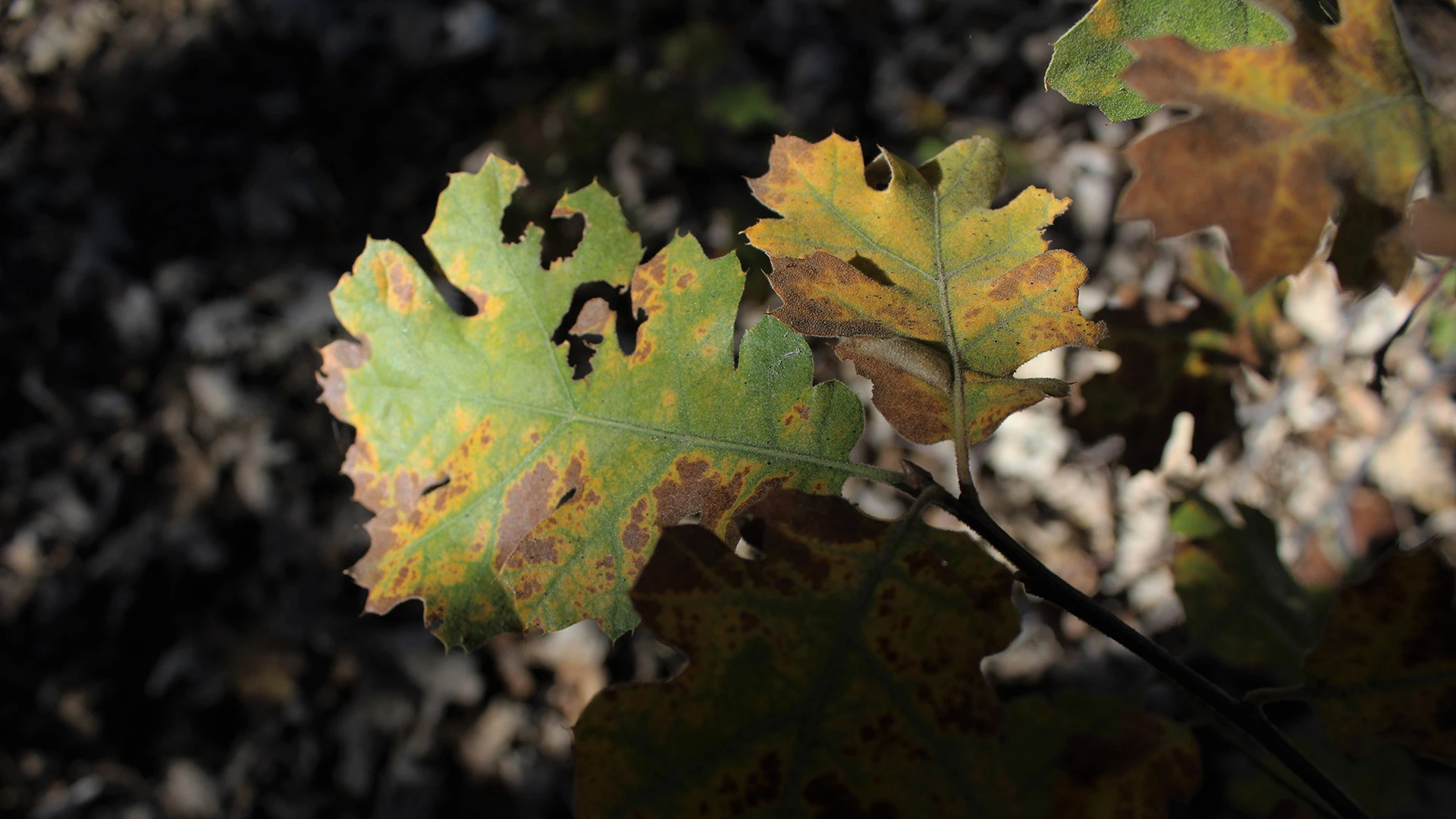If autumn is your favorite season, you’re not alone. About one-third of Americans deem fall as the best season of them all. With that being said, if you happen to see discolored leaves at other times of the year, it may not just be random good fortune giving you a glimpse of your favorite season. Your tree or shrub's leaves may have a disease such as "black spot" or "mosaic virus", which could overtake and kill your entire tree. The life cycle of deciduous trees somewhat varies across different climates but they all pretty much fall in autumn and reproduce green leaves that should stay green throughout the summer.
If your tree is showing early signs of color change, this could signal the beginning stage of disease. Our company has offered quality tree and shrub care in Woodstock, GA and surrounding areas for nearly 15 years and understands the seasonal changes, diseases, and nutritional deficiencies that can lead to yellow leaves. Here's everything you need to know about yellowing leaves.
The Life Cycle of Deciduous Trees
Deciduous trees, or those with leaves, look different throughout the year. They lose their leaves in the fall, remain dormant throughout the cool season, produce leaves in the spring, and should stay green all summer.
In North Georgia, that means you shouldn’t start to see changing colors until late September, with the leaves showing full fall fashion in late October to early November. This change typically begins earlier in higher elevations, and timing can vary depending on the type of deciduous tree or even the micro-climate in your neighborhood.
When Yellow Leaves Signal a Disease
If your trees have yellow leaves before September—or even early in September—you could have a problem on your hands. There are few ways you can tell if your trees are changing due to temperature shifts or disease:
- Are all the leaves changing color? Seasonal changes will affect the entire plant, while disease or pests are more likely to affect just one section at first. However, moisture or nutrient problems may cause yellowing across the entire tree.
- How quickly are you seeing a change? Typically changes in leaves occur gradually over several weeks. If the change in your trees is fast or a tree that usually goes red in fall is yellow, the change likely isn’t seasonal.
- Do the leaves look healthy? Water, nutrient, pest, or disease issues frequently do more than turn leaves yellow. You may also see brown patches, holes, curling or shriveling, or other signs of poor health.
To sum things up, if you only see yellow leaves on part of the tree, the change occurs fast, and the leaves look unhealthy, there is probably a problem with your tree.
Tree Diseases That Cause Yellow Leaves

While numerous issues can lead to yellow leaves, including over or under-watering, nutrient deficiencies, pests, and high or low temperatures, many common tree diseases can also be to blame. Certain types of trees are also more prone to these diseases than others.
What are some of the diseases that lead to leaf color changes, and what trees do they most often affect?
- Leaf spot: Oak, aspen, and most fruit trees, especially pears
- Black spot: Pecan, maple, rose bushes
- Powdery mildew: Dogwood, crepe myrtle, and peach
- Rust: Oak, cedar, apple, and crabapple
- Mosaic virus: Most fruit trees
If you're not sure what type of trees you have in your yard, our team is happy to come and take a look. We can also help you get to the bottom of what may be causing leaf yellowing while we're there.
Need Help with Your Trees? Call Us Today for an Inspection
You can rely on our team to not only determine if there's a problem with your tree but also provide reliable solutions. We'll put our extensive experience to work for you to make sure your trees look their best and remain healthy year-round. For quality tree and shrub care in Woodstock, Roswell, or a nearby city in North Georgia, give us a call at (833) 444-8873.




Comments (0)
Thanks for your comment!
Thanks for your feedback! Your comments have been successfully submitted! Please note, all comments require admin approval prior to display.
Error submitting comment!
There is a problem with your comment, please see below and try again.